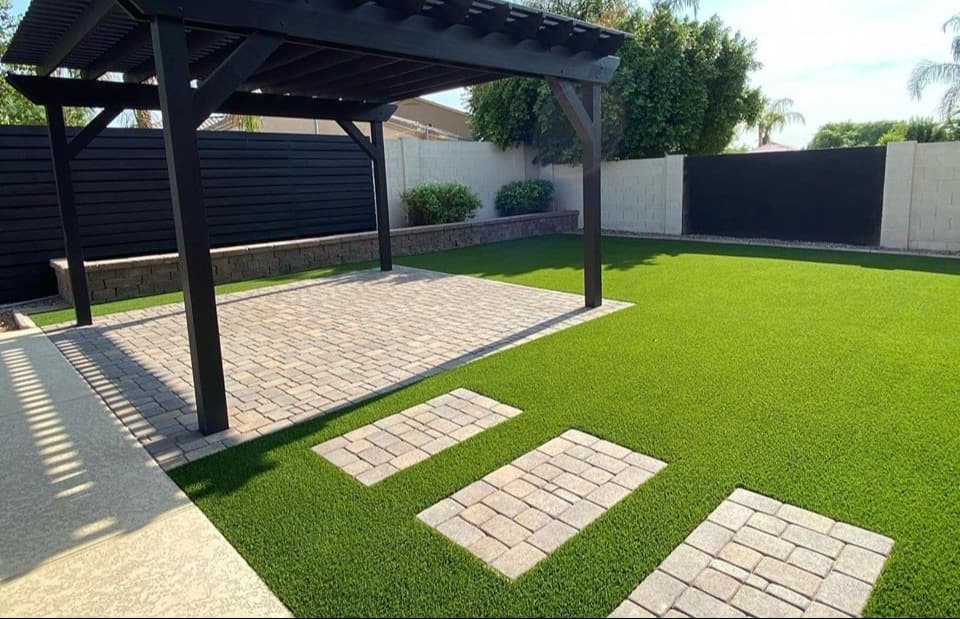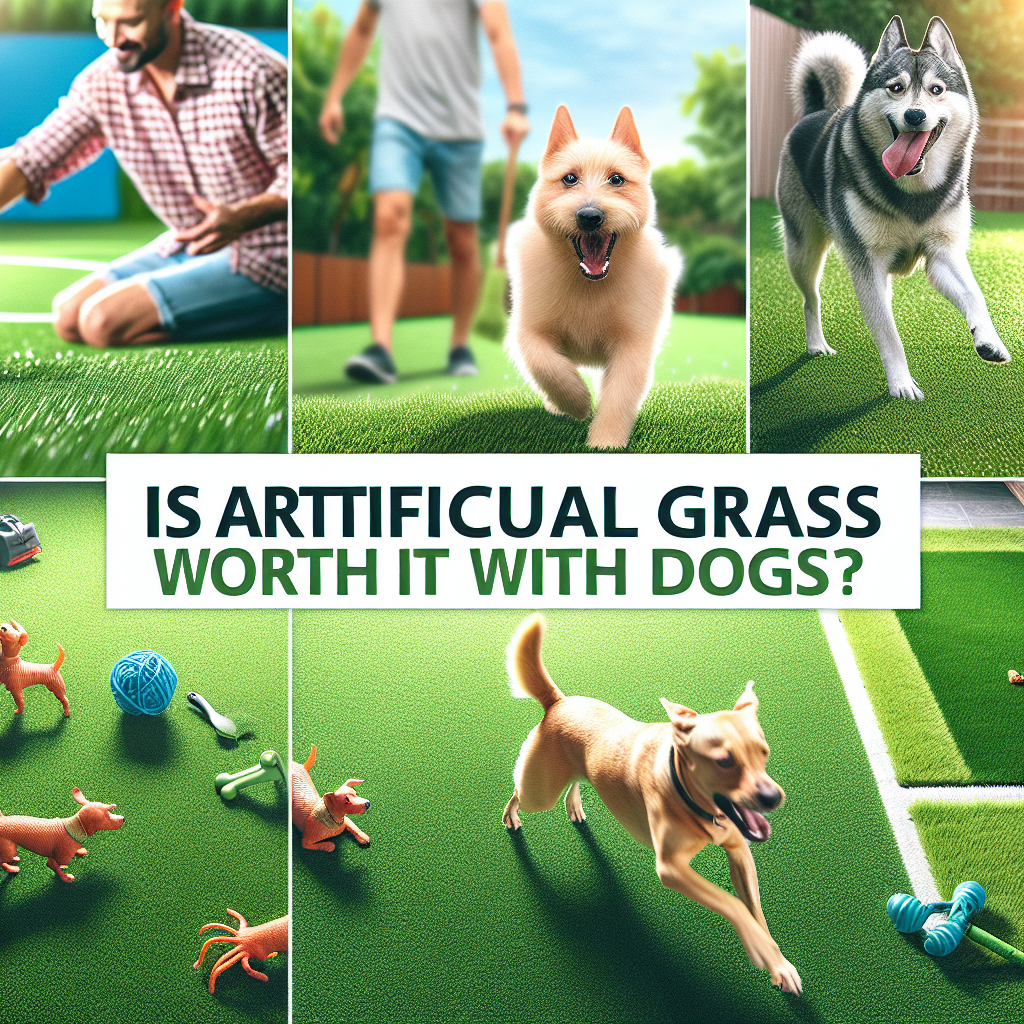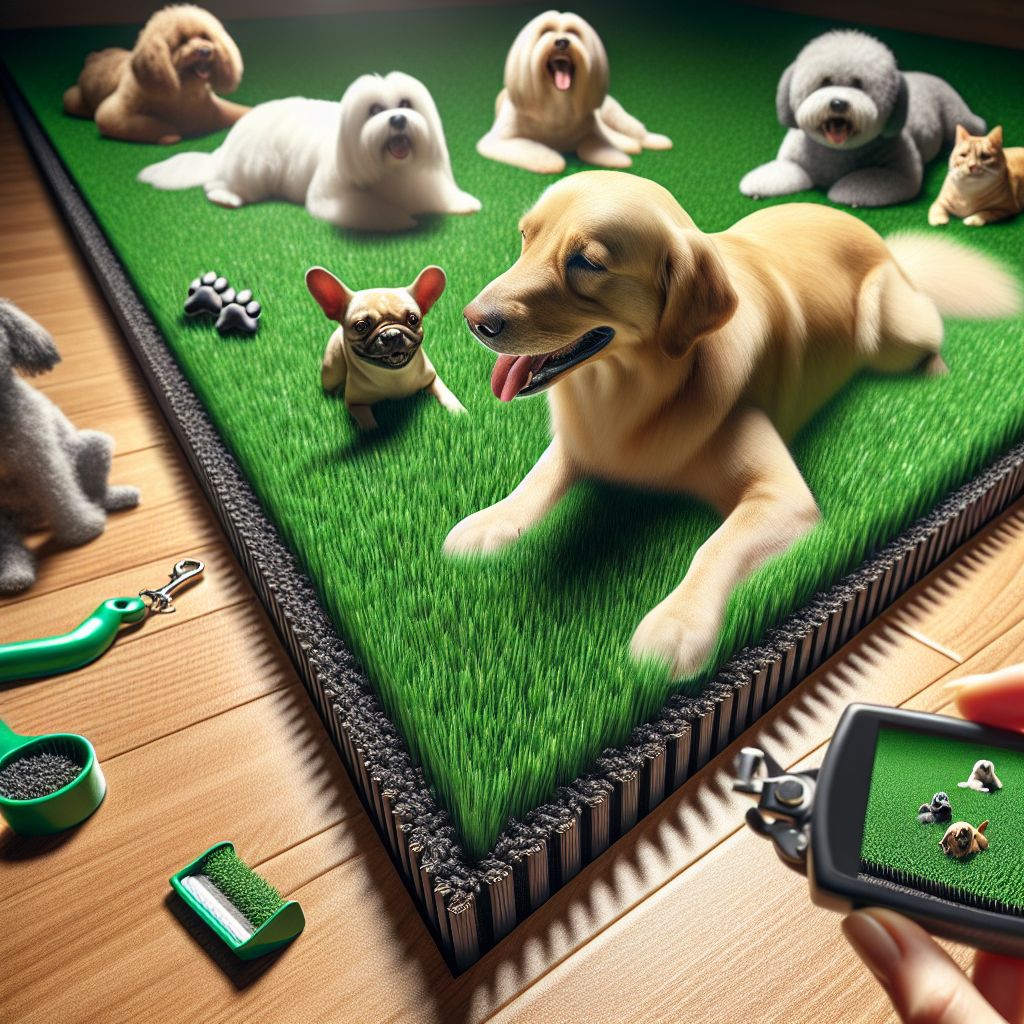
Imagine stepping onto a perfectly manicured putting green in your backyard, where every putt feels like a pro’s dream. The secret behind such pristine conditions often lies beneath the surface—in the type of infill used. But should you put sand on your artificial putting green? This question has sparked debates among enthusiasts and professionals alike. In this article, we’ll delve into the benefits and drawbacks of using sand on your artificial putting green, guiding you through the best practices to keep your green in top shape.
Infill serves as the unsung hero of artificial putting greens. Much like the foundation of a house, it provides stability, resilience, and longevity to the turf. Without proper infill, your green could face issues such as uneven surfaces, reduced ball roll quality, and even premature wear and tear.
Infill is crucial for:
When it comes to infill types, sand is often pitted against other materials like rubber or organic compounds. Each has its own set of advantages and disadvantages.
Sand is a popular choice due to its affordability and effectiveness. It’s known for:
Other infill options include:
Using sand as an infill material can transform your putting green into a high-performing surface akin to those found on professional courses.
Sand provides a firm yet flexible surface, ensuring your golf ball rolls true to form. This optimal performance can make practicing at home feel like you’re on an actual course.
The weight and density of sand help anchor the turf, preventing movement and wear. This stability extends the lifespan of your artificial putting green, making it a long-term investment.
A well-maintained sand-infused green looks lush and inviting, much like the storied greens at famous golf clubs. Its realistic appearance can make your backyard the envy of neighbors and fellow golfers.
While sand offers numerous benefits, it’s essential to consider potential downsides.
Sand can compact over time, requiring periodic brushing to maintain its effectiveness. Additionally, exposure to weather elements might necessitate occasional top-ups.
If not properly installed and maintained, sand can become a breeding ground for weeds. Utilizing a weed barrier and regular upkeep can mitigate this issue.
So, should you put sand on your artificial putting green? Industry experts generally advocate for it due to its balance of cost-effectiveness and performance. However, they emphasize proper installation and ongoing maintenance to maximize benefits.
For more detailed guidance, consider consulting resources like the USGA Rules Hub, which offers extensive insights into maintaining golf surfaces.
While sand is highly effective, alternatives like rubber or organic infills may also be suitable depending on specific needs and budget constraints.
Regular brushing and occasional top-ups are recommended to keep the surface in prime condition.
While DIY installation is possible, professional installation ensures optimal results and longevity.
The decision to use sand on your artificial putting green boils down to balancing cost, performance, and maintenance. Sand offers numerous advantages that can elevate your golfing experience right in your backyard. With proper care, you can enjoy a pristine, professional-quality putting green for years to come.
If you’re ready to take your game to the next level, consider reaching out to professional installers or consulting authoritative sources like the United States Golf Association.
Your dream of having an immaculate putting green is within reach—let’s get started!


